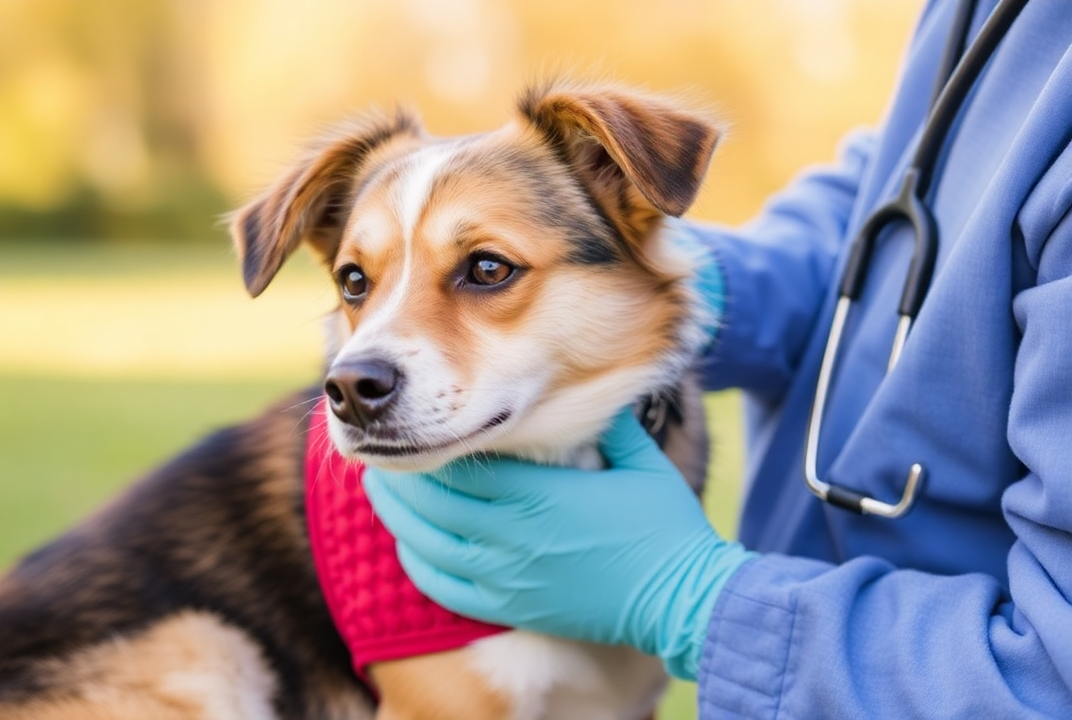
Summer is a time for fun in the sun, but it also comes with specific challenges for pet owners. Cats and dogs are just as susceptible to the dangers of extreme heat and seasonal changes as humans are. Proper care during the summer months is crucial to keep your furry friends safe, happy, and healthy. This article provides essential summer safety tips for cats and dogs so you can ensure their well-being during the hottest time of the year.
Why Is Summer Safety Important for Pets?
Cats and dogs regulate their body temperature differently from humans. They don’t sweat like we do, making it harder for them to cool off in the heat. Overheating, dehydration, and exposure to harmful UV rays can all pose significant health risks to your pets. By taking proactive measures, you can prevent heat-related illnesses and keep your furry companions safe.
1. Preventing Heatstroke in Pets
Heatstroke is one of the most common dangers for pets during the summer. Here’s how to prevent it:
- Provide Shade and Ventilation: Always ensure your pets have access to a cool, shaded area when outdoors.
- Avoid Overexertion: Limit exercise and outdoor play during peak heat hours (10 a.m. to 4 p.m.). Opt for early mornings or late evenings instead.
- Keep Them Indoors: During extremely hot days, keep your pets indoors in an air-conditioned or well-ventilated room.
Signs of Heatstroke in Pets:
- Excessive panting or drooling
- Rapid breathing
- Vomiting or diarrhea
- Weakness or collapse
If you suspect heatstroke, move your pet to a cool place, provide water, and contact your vet immediately.
2. Hydration Is Key
Dehydration can happen quickly in the summer heat. Here’s how to keep your pets hydrated:
- Fresh Water Always: Ensure your pets have access to clean, fresh water at all times.
- Use Multiple Bowls: Place water bowls in different areas of your home or yard to encourage drinking.
- Portable Water Bowls: When traveling or taking your pets for a walk, bring a portable water bowl or bottle.
3. Protect Their Paws
Hot pavement and sand can burn your pet’s paw pads. To prevent this:
- Test the Ground: Place your hand or barefoot on the ground for 10 seconds. If it’s too hot for you, it’s too hot for your pet.
- Use Protective Booties: Invest in pet booties or paw wax to shield their paws from hot surfaces.
- Stick to Grass or Shade: Walk your pets on grassy areas or shaded paths to avoid direct contact with hot surfaces.
4. Grooming Tips for Summer
Proper grooming is essential for keeping your pets cool:
- Regular Brushing: Brush your pet’s coat regularly to remove excess fur and prevent matting.
- Avoid Shaving: Cats and most dog breeds naturally regulate their body temperature with their fur, so shaving is generally not recommended unless advised by a vet.
- Trim Long Hair: For long-haired pets, a trim can help keep them cool, but ensure you leave enough fur for sun protection.
5. Protect Them from Parasites
Summer is a peak season for fleas, ticks, and mosquitoes, which can cause various health problems.
- Use Preventative Treatments: Talk to your vet about flea, tick, and heartworm prevention.
- Check Regularly: After outdoor activities, inspect your pets for ticks and other parasites.
- Keep Your Yard Clean: Mow the lawn and remove standing water to reduce mosquito breeding areas.
6. Sun Protection for Pets
Pets can get sunburned, especially those with light-colored or thin coats.
- Apply Pet-Safe Sunscreen: Use a sunscreen specifically designed for pets on exposed areas like the nose, ears, and belly.
- Provide Shade: Make sure your pet has a shaded area to rest when outdoors.
- Limit Sun Exposure: Avoid letting your pet stay outside for extended periods during peak sunlight hours.
7. Travel Safety
If you’re traveling with your pet during summer, follow these guidelines:
- Never Leave Them in a Car: Even for a few minutes, a parked car can become dangerously hot.
- Use Proper Ventilation: Ensure adequate airflow in the vehicle, and keep the air conditioning running.
- Carry Essentials: Bring water, portable bowls, and a cooling mat for your pet.
8. Fun Summer Activities for Pets
Summer can still be fun for your pets with the right precautions:
- Splash Time: Set up a kiddie pool or sprinkler for your pets to cool off.
- Indoor Play: Engage in interactive indoor activities like puzzle toys or laser pointers.
- Frozen Treats: Offer pet-safe frozen treats or ice cubes to help them stay cool and hydrated.
Signs of Dehydration and Heat-Related Issues
Monitor your pet for signs of dehydration or heat-related illnesses, such as:
- Lethargy or weakness
- Dry gums or excessive panting
- Loss of appetite
- Vomiting or diarrhea
If you notice any of these symptoms, contact your vet immediately.
Conclusion
Summer can be a wonderful time for you and your pets to enjoy outdoor adventures and sunny days, but it’s essential to prioritize their safety. By taking proactive measures like providing hydration, protecting them from the heat, and ensuring regular grooming, you can keep your furry friends happy and healthy during the warmer months.
Remember, your pets rely on you to keep them safe and comfortable. A little extra care goes a long way in making their summer enjoyable. With these seasonal pet care tips, you and your pets can have a safe, fun-filled summer!
